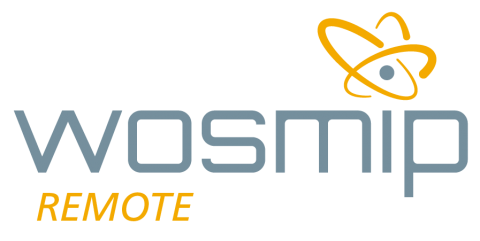
The Workshop on Signatures of Man-made Isotope Production Remote 2 (WOSMIP Remote 2) was held virtually May 25-27, 2021. WOSMIP Remote 2 discussed issues associated with the backgrounds of radionuclides of environment, stack measurements, emissions mitigation, atmospheric transport modeling, an update on the production of medical isotopes, research and development issues, and events of interest.
Scroll down to view all the WOSMIP Remote II videos as well as presentation slides.
Virtual Presentations
May 25, 2021
| Presentation Link | Presenter |
| Welcome to WOSMIP Remote II | Dr. Ted Bowyer, Pacific Northwest National Laboratory (PNNL) |
| History of WOSMIP | Dr. Paul R.J. Saey, WOSMIP Scientific Advisor |
| Global Radioxenon Emission Inventory for 2014 | Martin Kalinowski, IDC/CTBTO |
| The International Monitoring System | Nikolaus Hermanspahn, IMS Division, CTBTO |
| PNNL Video on Backgrounds | Dr. Judah Friese, Pacific Northwest National Laboratory (PNNL) |
| Roundtable on Outreach | Dr. Judah Friese, Pacific Northwest National Laboratory (PNNL) |
| Continuous Spectroscopic Monitoring and Data Analysis | Dr. Jim Zickefoose, Mirion Technologies (Canberra), Inc. |
| Source Term Analysis of Xenon (STAX) | Dr. Lori Metz, Pacific Northwest National Laboratory (PNNL) |
| Analysis of Atmospheric Radioxenon Detections in the UK | Matthew Goodwin, Atomic Weapons Establishment (AWE) |
| Value of Emission Data for Interpretation of Detections in the German Radioxenon Network | Roman Krais / Sofia Brander, Federal Office for Radiation Protection (BfS) |
| STAX Project – Data Processing and Viewing Software | Dr. Matthias Auer, ISTI |
May 26, 2021
May 27, 2021
| Presentation Link | Presenter |
| Progress of New Research Reactor Project in Korea and Radioxenon Emission Management Strategy for Fission Mo-99 Production | Seung-Kon Lee, Korea Atomic Energy Research Institute (KAERI) |
| DOE/NNSA Support for Mo-99 Production without the use of HEU | Joan Dix, NNSA |
| Update on Activities at CNEA in Pandemic | Eduardo Carlos Carranza, National Atomic Energy Commission of Argentina (CNEA) |
| Niowave’s Production of Mo-99 and Other Radioisotopes Without a Nuclear Reactor | Robert Wahlen, Niowave |
| Virtual Tour of Niowave | Robert Wahlen, Niowave |
| A Data Visualization Tool for Radionuclide Detection Events | Daniel Chester, Atomic Weapons Establishment (AWE) |
| Impact of Environmental Backgrounds on Atmospheric Monitoring of Nuclear explosions: Selected Results | Harry Miley / Paul Eslinger, Pacific Northwest National Laboratory (PNNL) |